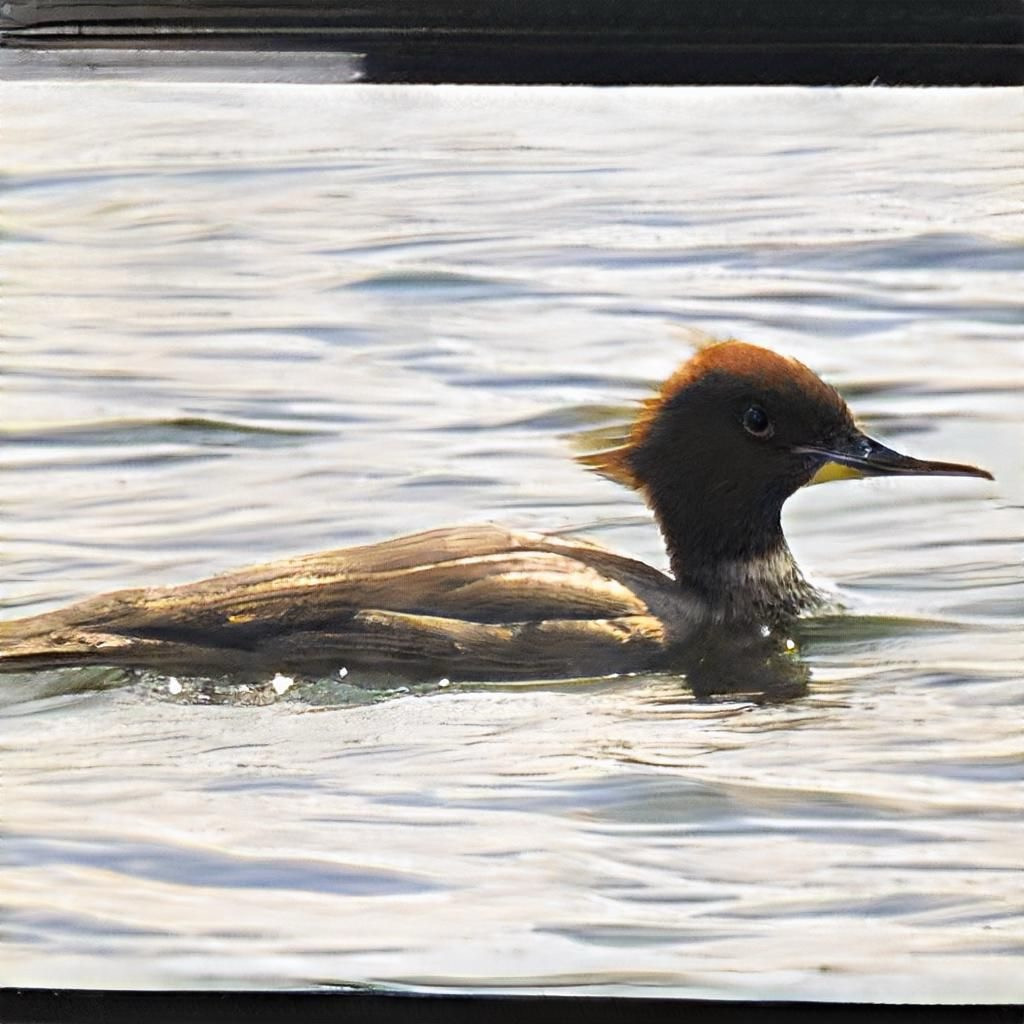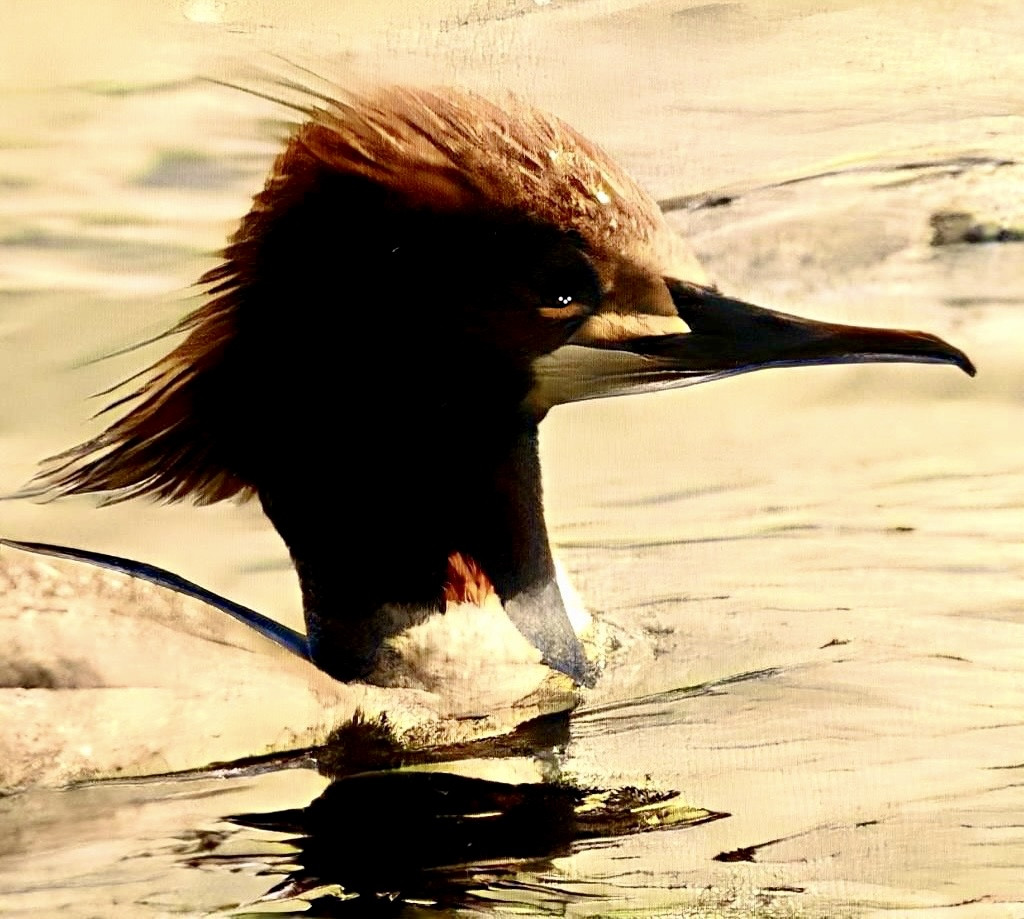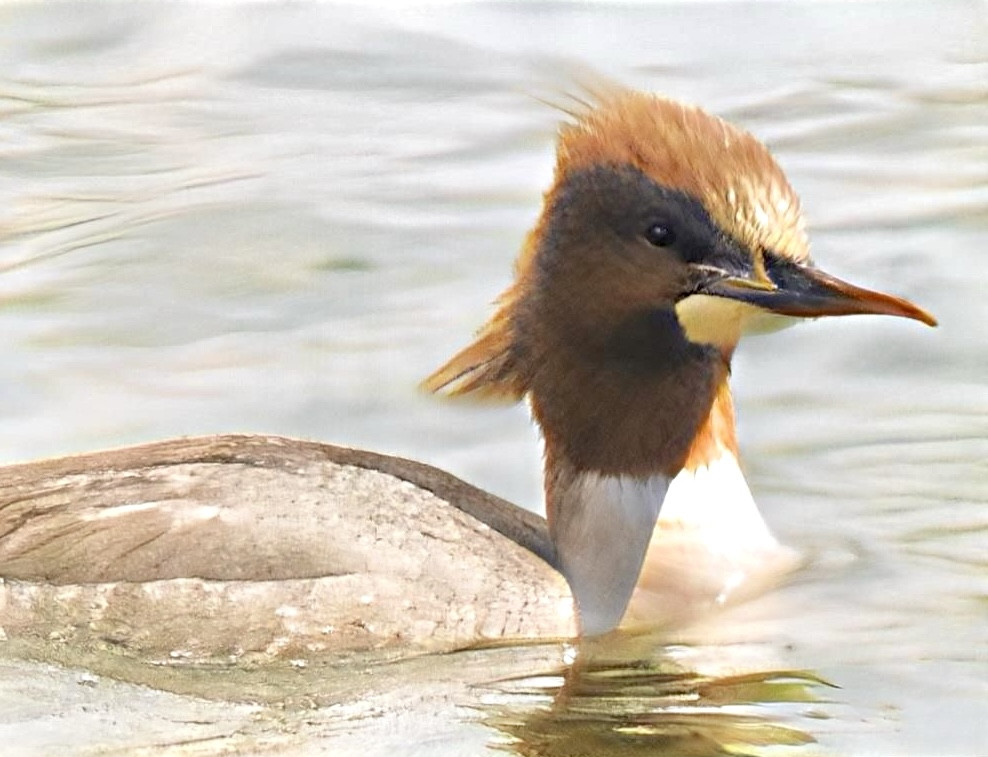Charger images
Les formats d'image autorisés sont de type jpeg, png ou gif
La taille maximale du fichier doit être de 20MB



Motalabukten is a large bay in Lake Vättern, Swedens second largest lake. The lake is also a major landmark during migration periods.
The deep waters around Lake Vättern are ice-free most years. This makes it an excellent wintering area for birds. The lake holds large wintering populations of gulls like Goéland cendré, Goéland argenté and Goéland marin. This is also one of the best places for the rare Goéland bourgmestre, although it is not seen most years. Most gulls winter around Motala. The area also holds wintering waterfowl. Most commonly: Harle bièvre, Cygne tuberculé, Héron cendré, Cygne chanteur, Fuligule morillon and Garrot à oeil d'or. Around Vadstenaviken large amounts (many hundreds) of Canard colvert winter. Often with other rarer (wintering) dabbling ducks in the mix. The lake also holds wintering populations of Grand Cormoran, Harle huppé, Harle piette (visitors from Boren) Grèbe huppé, Grèbe castagneux, and during mild winters: Grèbe esclavon, Macreuse brune, Plongeon arctique and Harelde boréale. The large fields around Vadstena and Norrsten hold wintering geese, Linotte à bec jaune and Bruant des neiges. Many birds of prey also winter. Most common are Épervier d'Europe, and Pygargue à queue blanche.
During the last weeks of Febuari the first spring birds arrive. Étourneau sansonnet, Alouette des champs, Pinson des arbres, and Vanneau huppé are usually the first to arrive. Some of the previously mentioned birds might start to winter if the winters continue to be mild. Many geese like Bernache nonnette, Oie cendrée, Oie des moissons, Oie rieuse Oie de la toundra and Bernache du Canada are often seen. Most geese congregate around Tycklingen and Norrsten. Sometimes Oie à bec court is also found.
During March most of the geese increase in number. More birds of prey arrive: Buse pattue, Faucon crécerelle, Faucon pèlerin, and Milan royal. In Vadstenaviken large amounts of dabbling ducks often rest. Tadorne de Belon (Regular), Mouette rieuse, Huîtrier pie, and Bécassine des marais also arrive during this period. From this period onwards Grande Aigrette is sometimes seen.
During April other wader along with Linotte mélodieuse and Pipit farlouse arrive. During April-May large amounts of passerine birds, wader, gulls, and terns use the lake as a landmark for migration. It starts in the middle of April with thousands of Pinson des arbres and Pinson du Nord, continuing with thousands of Courlis cendré, with smaller amounts of other waders like Courlis corlieu, Barge rousse, Combattant varié and Chevalier gambette. Also large amounts of gulls like Mouette rieuse and Goéland cendré. In early May hundreds of terns (Sterne pierregarin, Sterne arctique) pass. Along with rarer birds like Guifette noire, Mouette tridactyle (quite rare) and Mouette pygmée.
During the summer many species of night-active birds can be heard like Locustelle tachetée, Rossignol progné, Râle des genêts, Rousserolle turdoïde (vadstena reningsverk), Caille des blés and sometimes Locustelle fluviatile. Many other warblers can be found during this period. In the cities of Motala and Vadstena city birds like Tourterelle turque, Verdier d'Europe, Rougequeue noir (missing most winters), Pinson du Nord, Pigeon biset, and Fauvette à tête noire can be found year round.
Parking can be done at ample places. Some of them are: Tycklingen, Motala, Råssnäsudden, and Vadstena castle. Click on a P in the map to get directions to that area.
Be respectful of the birds. Especially during breeding season.
Votre feedback sera transmis à l’auteur.rice de cette zone et à l’équipe éditoriale de Birdingplaces, qui l’utiliseront pour améliorer la qualité des informations. (Vous souhaitez publier un commentaire visible en bas de page ? Fermez cette fenêtre et choisissez l’Option 1 : « Publier un commentaire, un conseil ou une observation ».)
Veuillez fournir des suggestions d'améliorations ou d'ajouts au texte de ce site ornithologique.
Veuillez fournir vos suggestions d'améliorations ou d'ajouts à la carte.
Veuillez fournir des suggestions d'améliorations ou d'ajouts à la liste des oiseaux.
Cliquez sur l'icône de l'oiseau () Insérez les noms d'oiseau dans votre langue. Ils seront automatiquement traduits pour les autres usagers !